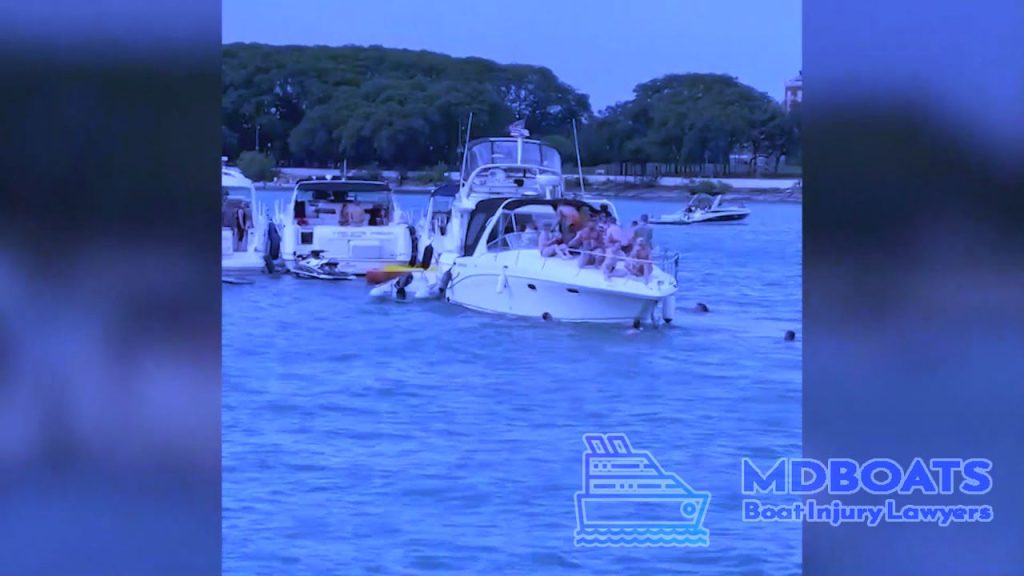What is the first action required of a boat operator?

Being a boat operator comes with significant responsibilities, particularly regarding safety. The first action required of a boat operator, especially in an emergency or accident, is to ensure the safety of all passengers and crew. This primary responsibility encompasses several critical steps that need to be taken immediately to manage the situation effectively.
Prioritize Safety
- Assess the Situation: The moment an emergency or accident occurs, the boat operator must quickly evaluate the situation. This includes checking for any injuries among passengers, assessing the boat’s condition, and identifying immediate dangers like fire, sinking, or hazardous weather conditions.
- Stay Calm and Take Control: It's vital for the boat operator to remain calm and assert control over the situation. Panic can spread quickly among passengers, exacerbating the situation. By maintaining composure, the operator can make clear, rational decisions and provide leadership.
Immediate Actions for Safety
- Ensure Everyone Wears a Life Jacket: One of the first physical actions is to ensure that all passengers and crew are wearing life jackets. Even strong swimmers can be incapacitated by injuries, shock, or adverse conditions, making life jackets crucial for safety.
- Stabilize the Boat: If the boat is taking on water or at risk of capsizing, the operator should take immediate measures to stabilize it. This might involve using bilge pumps to remove water, instructing passengers to balance their weight, or deploying any emergency flotation devices.
- Provide First Aid: If there are injuries, the operator should administer first aid to the best of their ability. This includes treating minor injuries with the boat's first aid kit and ensuring more severely injured individuals are stabilized until professional help arrives.
Communication and Signaling for Help
- Signal for Assistance: The operator should use all available means to signal for help. This includes using distress signals such as flares, horns, or a VHF radio. The international distress frequency on marine VHF radios is channel 16, which should be used to communicate the emergency to the Coast Guard and nearby vessels.
- Broadcast a Distress Call: A formal distress call should be made using the boat's radio. The operator should clearly state the vessel's location, the nature of the emergency, the number of people on board, and any injuries or immediate dangers.
Securing the Scene and Gathering Information
- Anchor the Boat if Necessary: To prevent further drifting or collision, the operator should anchor the boat if conditions allow. This action can help stabilize the situation and make rescue efforts easier.
- Document the Incident: If it’s safe to do so, the operator should document the accident scene. This includes taking photos or videos of the damage, the positions of the vessels involved, and any visible injuries. This documentation is vital for insurance claims and any subsequent legal investigations.
Go up

Leave a Reply